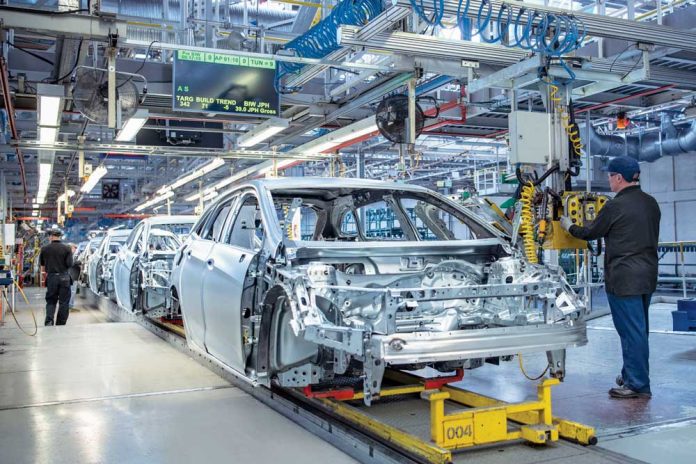In the automotive manufacturing industry, robotics automation has become an increasingly important tool for improving efficiency and quality. Robots on the production line offer many advantages, from cost savings to increased precision. As a result, manufacturers can create better products with shorter lead times and more excellent reliability. This article will explore critical ways robotic automation transforms automotive manufacturing.
Improved safety standards
Robotic automation in automotive manufacturing has enabled improved safety standards for workers. Automated machines can carry out tasks that are too dangerous for humans, such as welding or painting. By eliminating the need for manual labor, manufacturers reduce risks to people and minimize potential accidents. This increased safety is especially beneficial when physical strength and agility are necessary, such as installation work on moving parts. Robots can also be programmed with sensors to detect hazardous conditions and shut down operations if necessary.
Robotic automation has reduced the number of hazardous materials used in automobile production lines. Since robots can accurately handle substances without spilling or releasing fumes, less toxic chemicals, and solvents have been used in assembly processes. It reduces exposure to harmful substances and creates a safer environment for everyone in the production facility.
Enhanced accuracy and speed
Robotic automation has enabled enhanced accuracy and speed in automotive manufacturing. Robots can work with greater precision than humans, ensuring each component is correctly installed without errors. It reduces scrap rates and eliminates the need for costly rework operations.
Robots are faster than manual labor, allowing them to complete assembly tasks quicker than people can. This increased productivity means fewer delays in production cycles, resulting in more throughput and higher manufacturing returns. Automation also helps reduce downtime by allowing machines to quickly detect abnormalities or malfunctions in the system and alert operators so they can make adjustments accordingly.
Reduced labor costs
Robotic automation has enabled manufacturers to reduce labor costs in automotive production. Automated machines can work 24 hours a day with minimal downtime, meaning fewer workers are needed to maintain the same output level. It reduces spending on wages and benefits, resulting in a greater return on investment for companies.
Robots also require less time to learn new tasks than human employees. They can be quickly programmed and reprogrammed when necessary, eliminating the need for lengthy training sessions for personnel. Robots have longer lifespans than humans, allowing them to perform many more cycles over their lifespans than people can.
More efficient resource utilization
Robotic automation has enabled automotive manufacturers to maximize their available resources. Automated machines can be programmed to use materials more efficiently than manual labor, reducing losses from waste and scrap.
Robots can also operate in tighter tolerances than people, allowing for precise accuracy even with smaller components or intricate designs, which means fewer rejects and fewer resources going to waste. In addition, robots require minimal supervision during operation, so personnel do not need to be on the production line at all times. It also reduces the need for spare parts and maintenance costs since robots are built to last.
Increased flexibility of production lines
Robotic automation has enabled greater flexibility in automotive manufacturing production lines. Manufacturing robots can be quickly reprogrammed to perform different tasks, allowing them to easily adapt when new processes or components are introduced. When changes occur, it eliminates the need for costly investments in additional equipment or personnel training sessions.
It also allows manufacturers to meet short-term demand spikes without making long-term commitments or investments in personnel and resources. In addition, robotic automation can help reduce production downtime due to machine breakdowns or malfunctions by diagnosing errors before they become significant problems.
Improved quality and safety
Robotic automation has enabled improved quality and safety in automotive manufacturing. Automated machines can be programmed to perform repetitive tasks with greater precision than humans, reducing the rate of defective parts or components. It increases product reliability and reduces costly recalls due to faulty items.
Robots also reduce human error, as they are not subject to stress or fatigue that might affect their performance. Automation eliminates exposure to hazardous materials and ensures a safe working environment for personnel. In addition, robotic assembly processes produce fewer emissions than manual labor, contributing to cleaner air and a healthier planet overall.

























